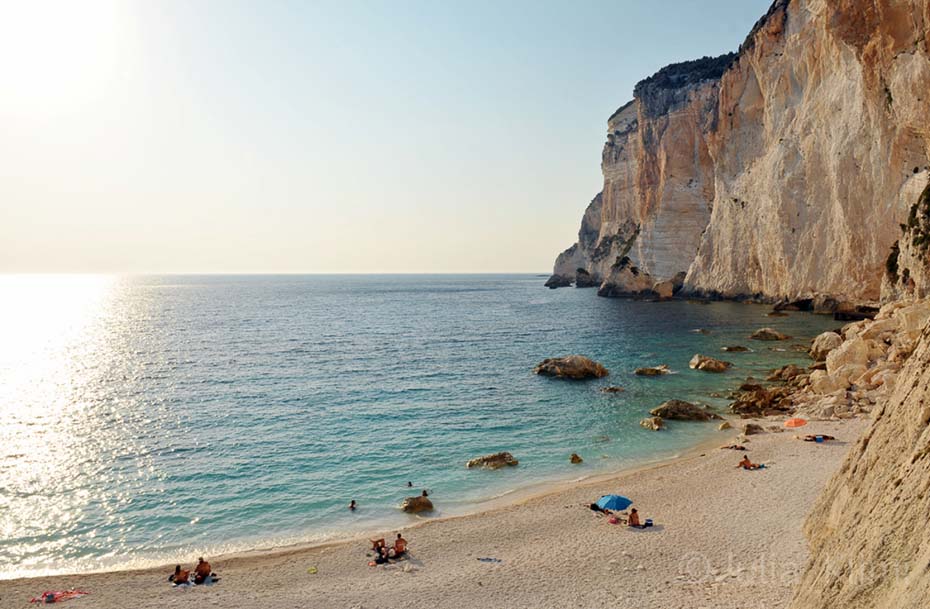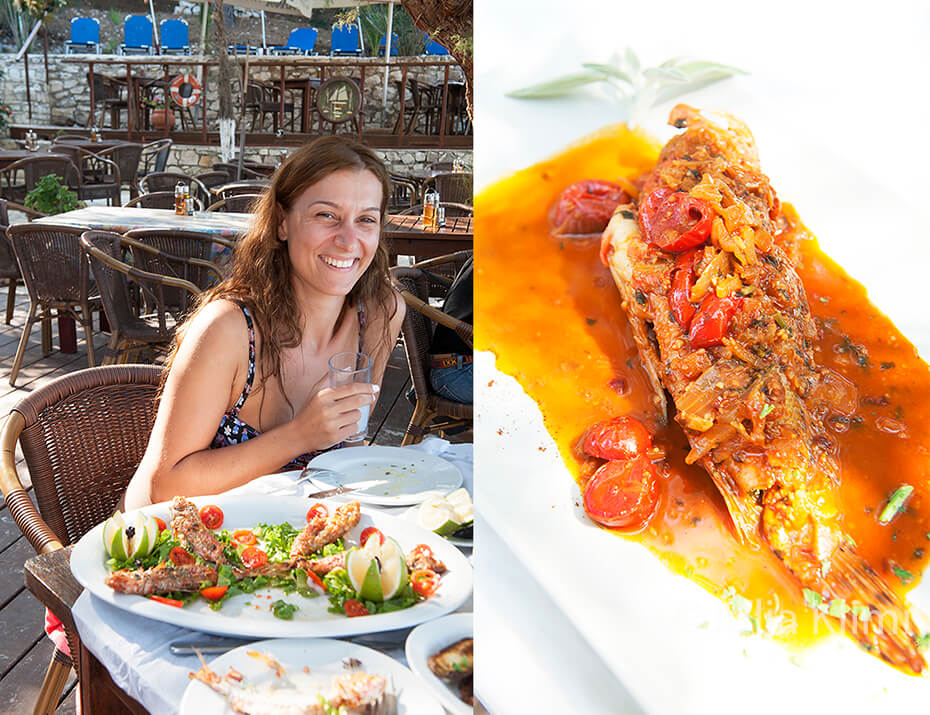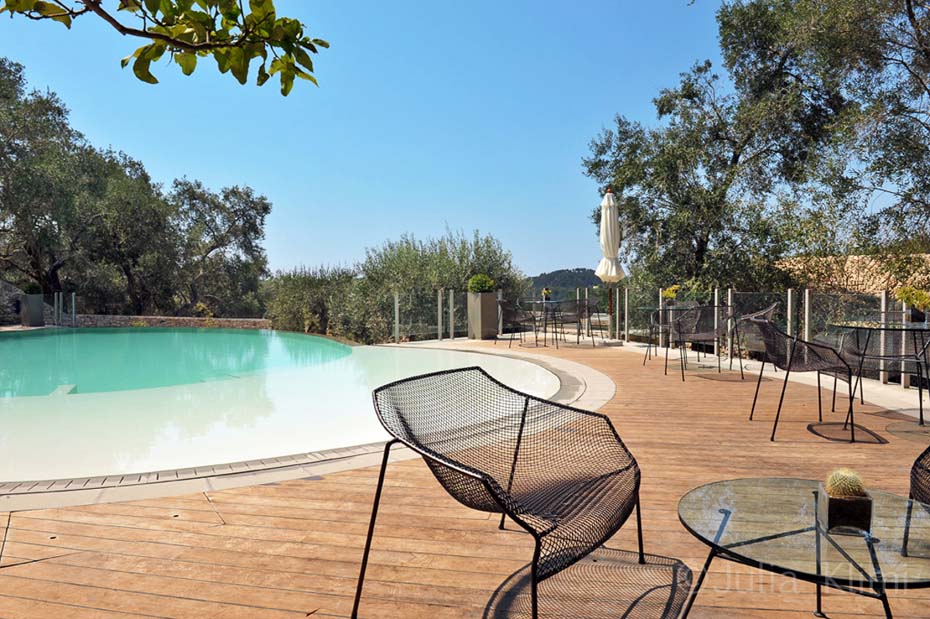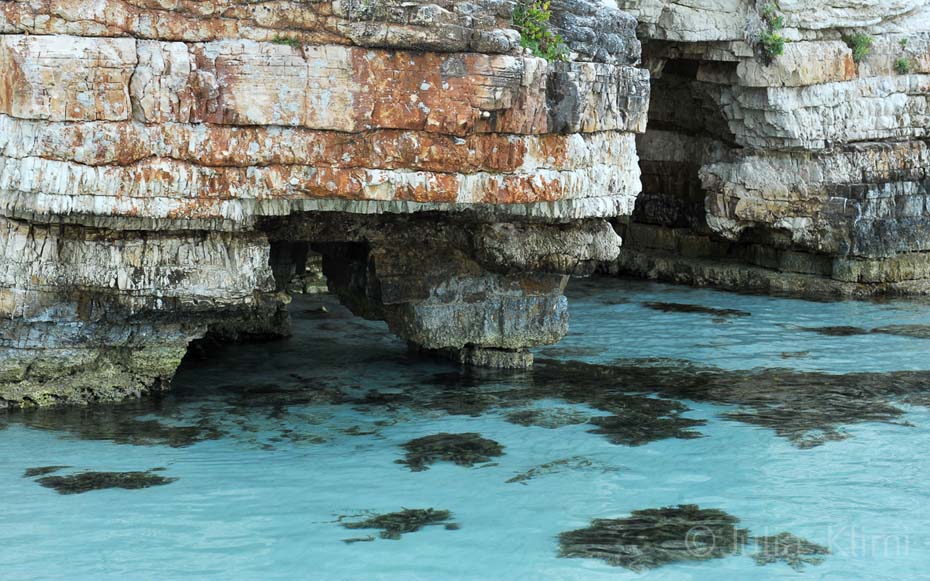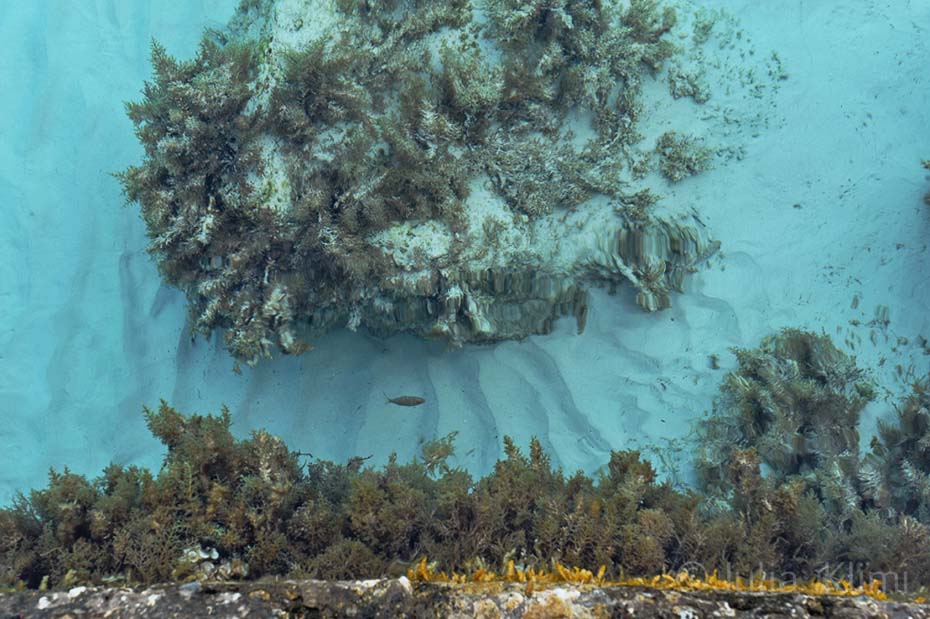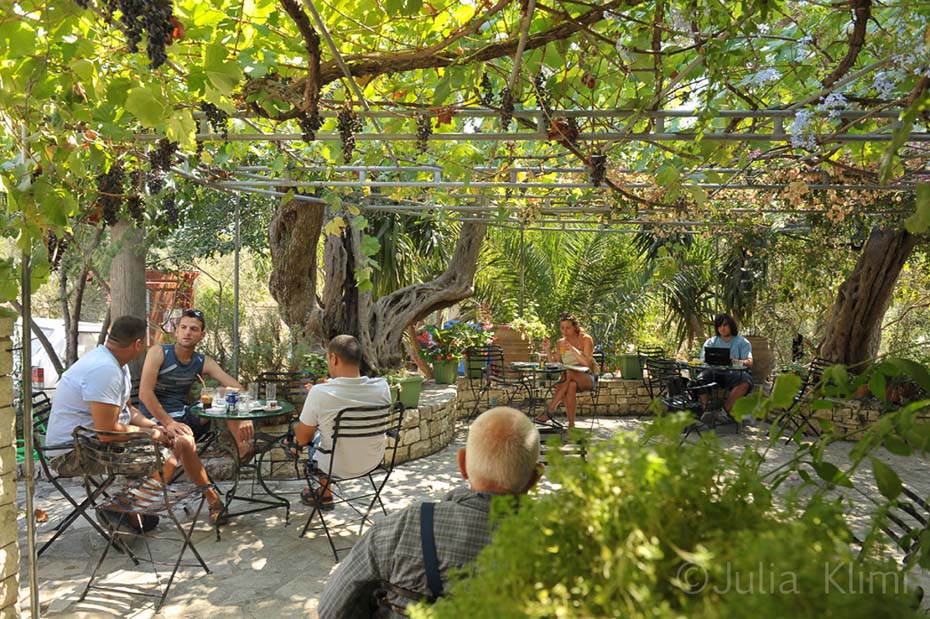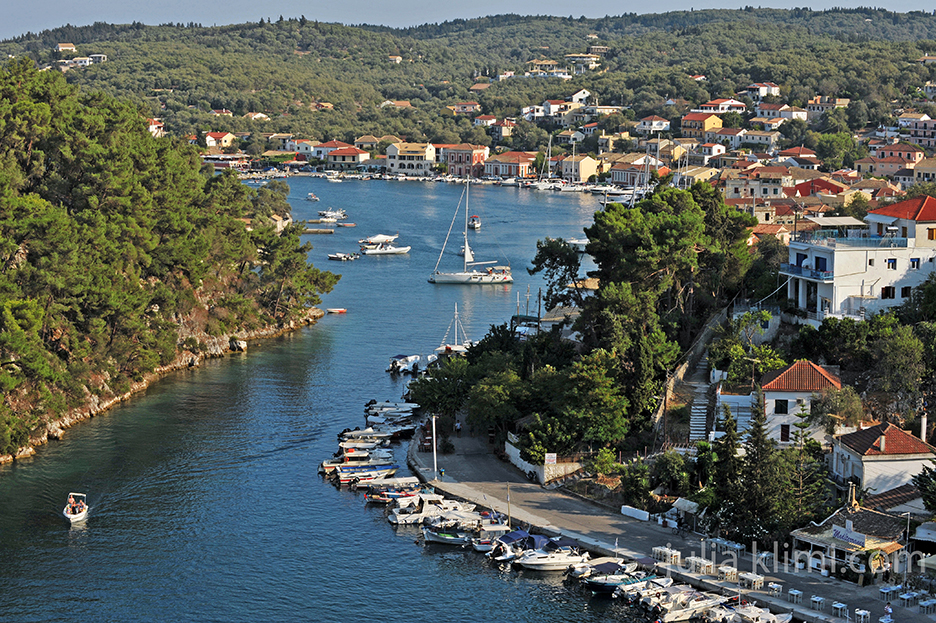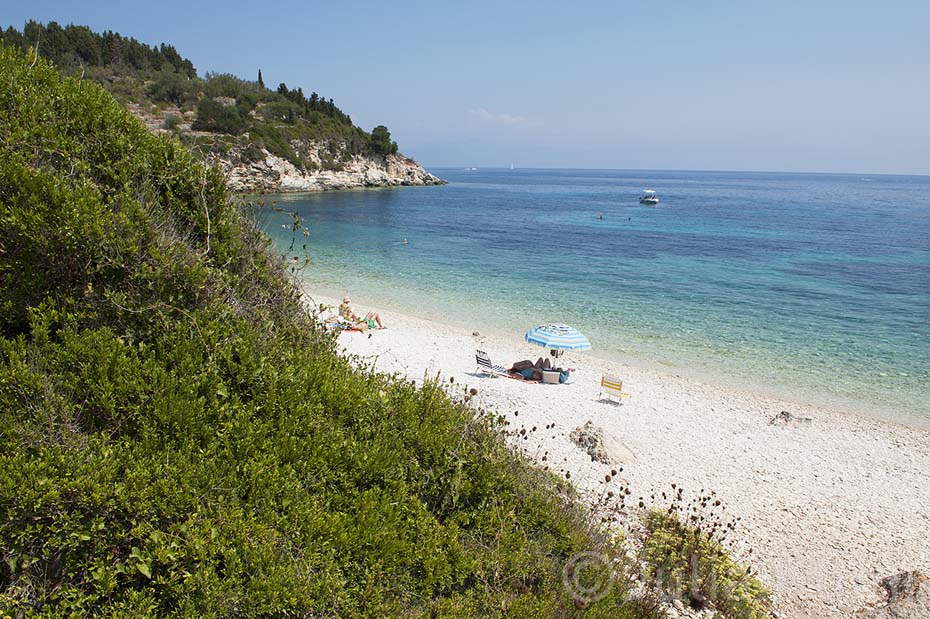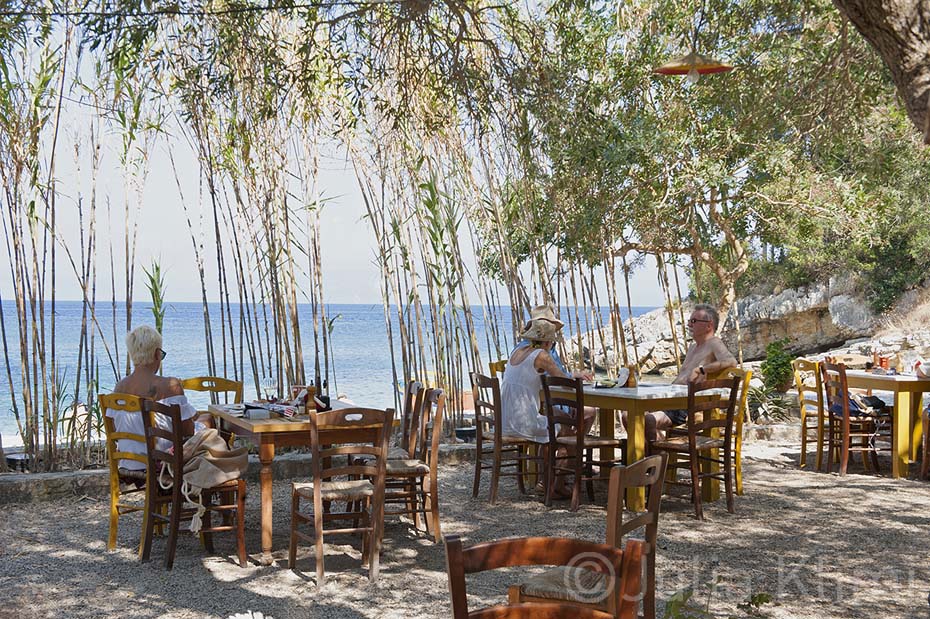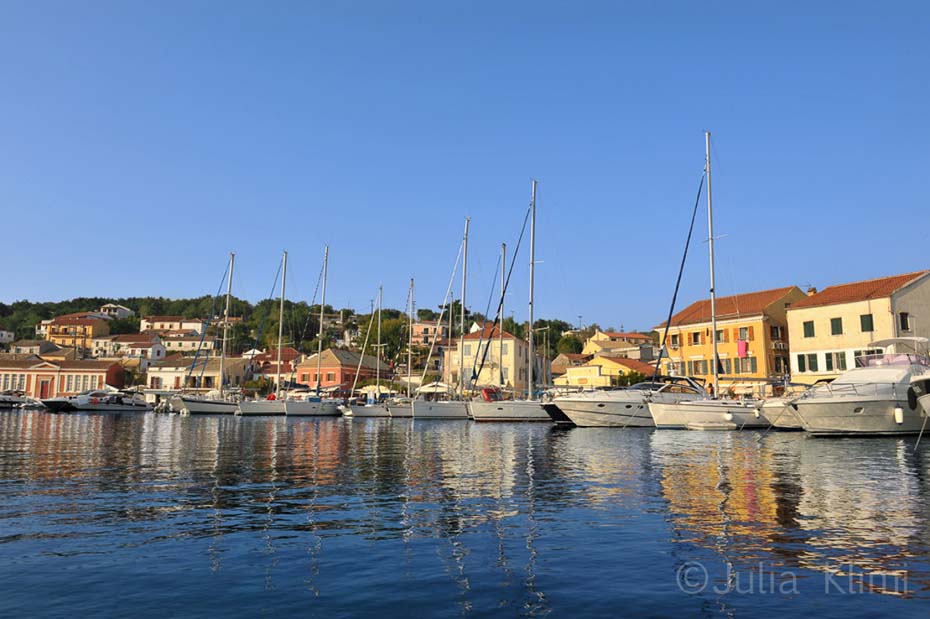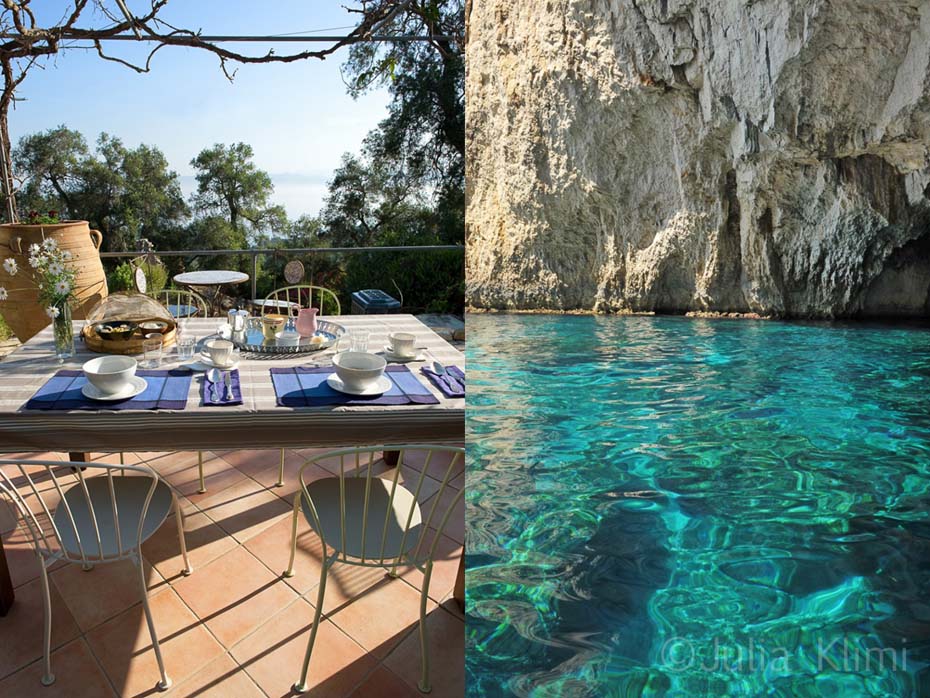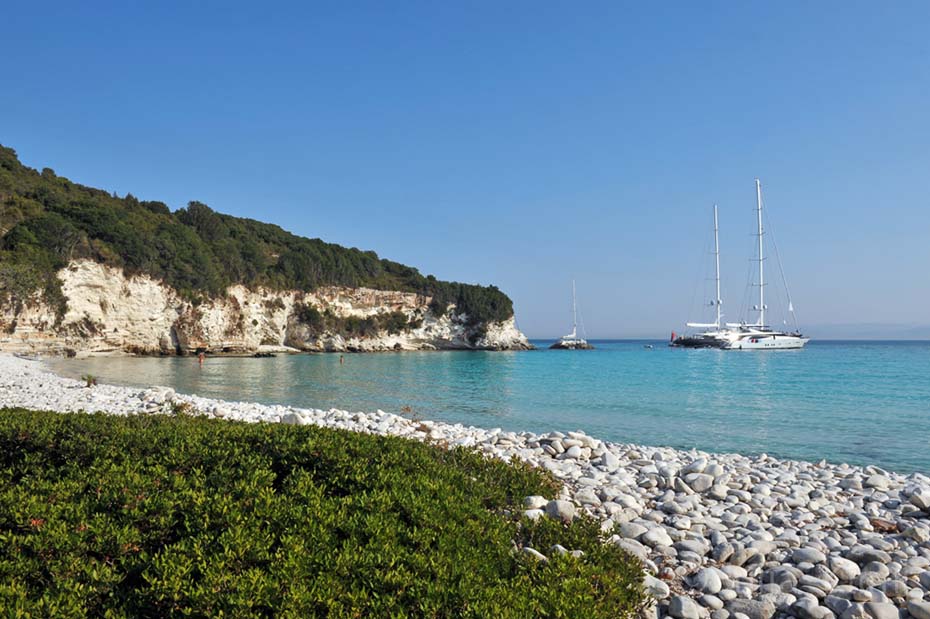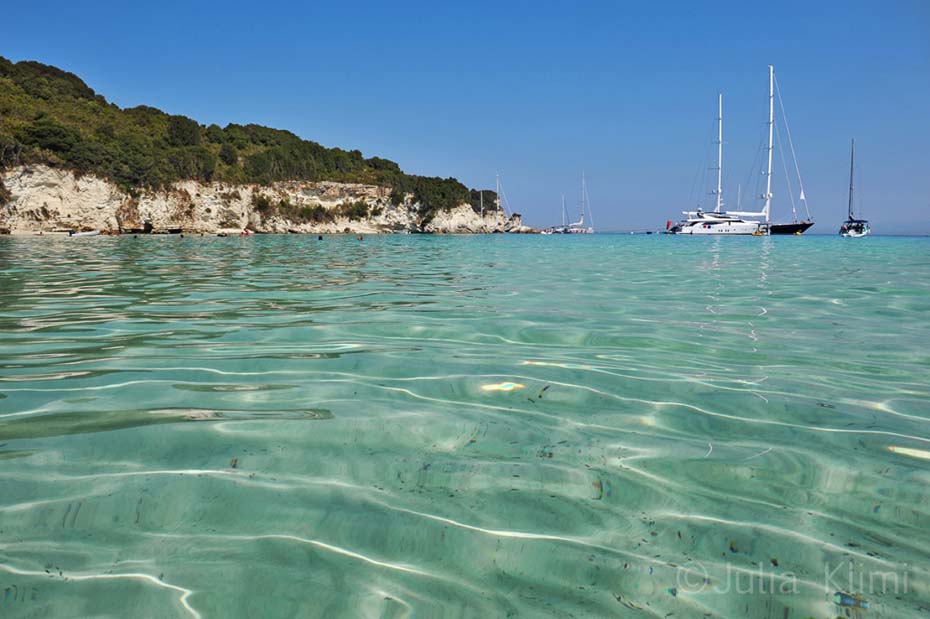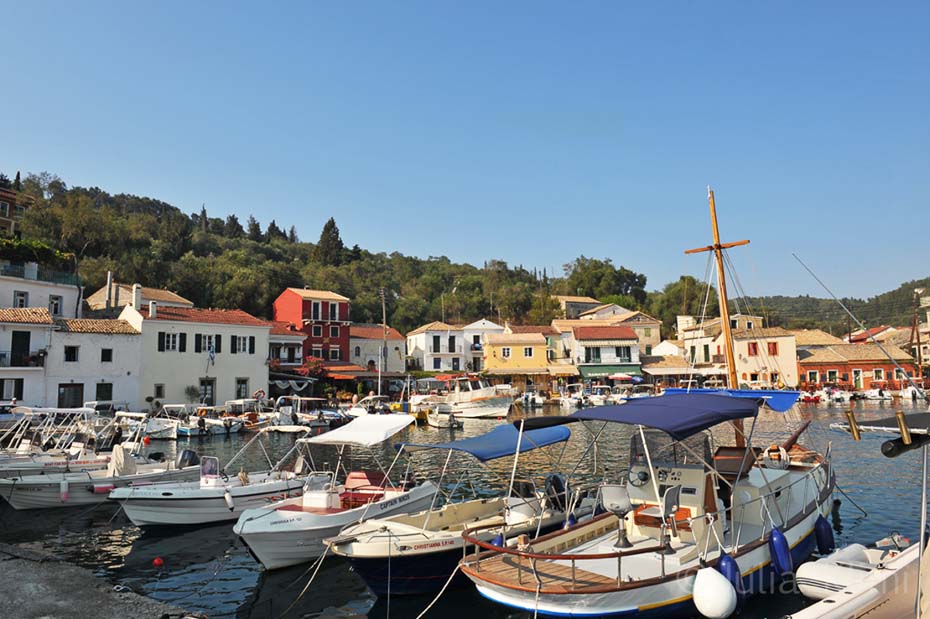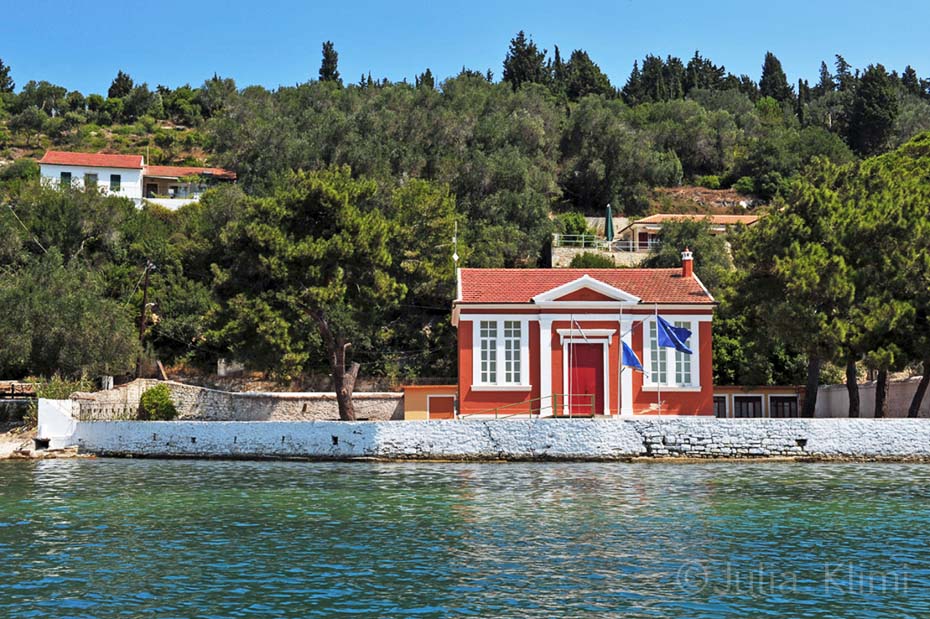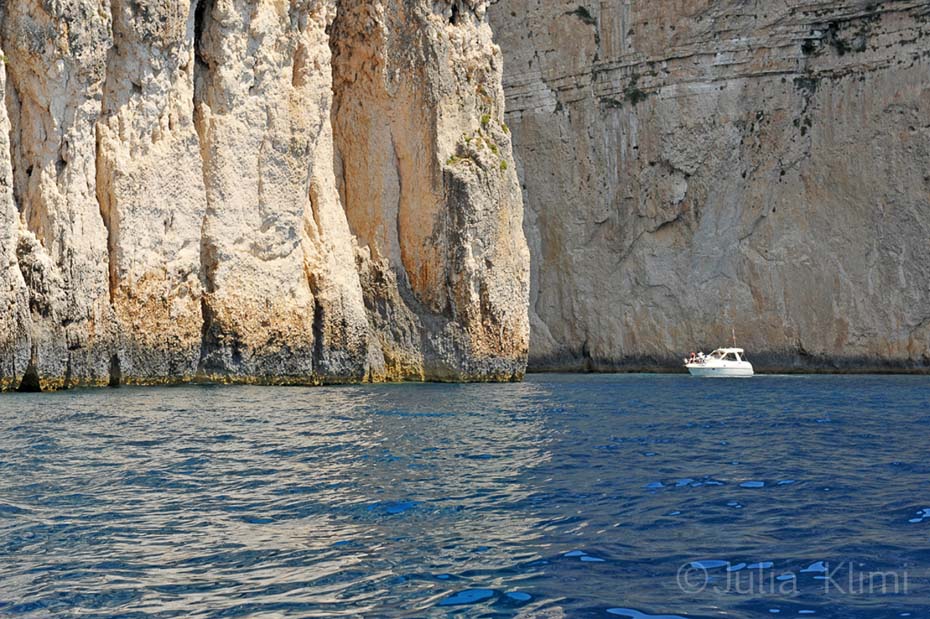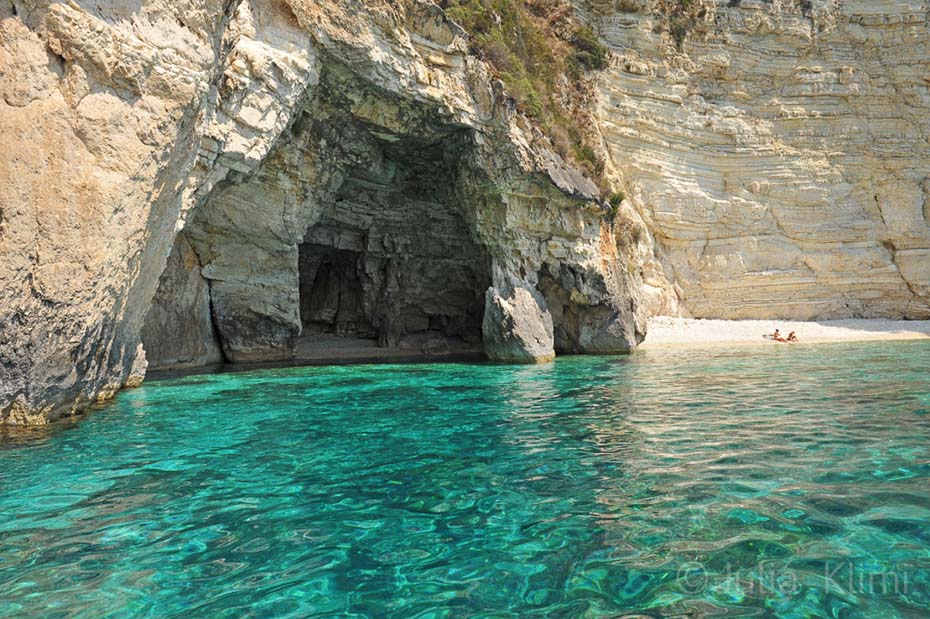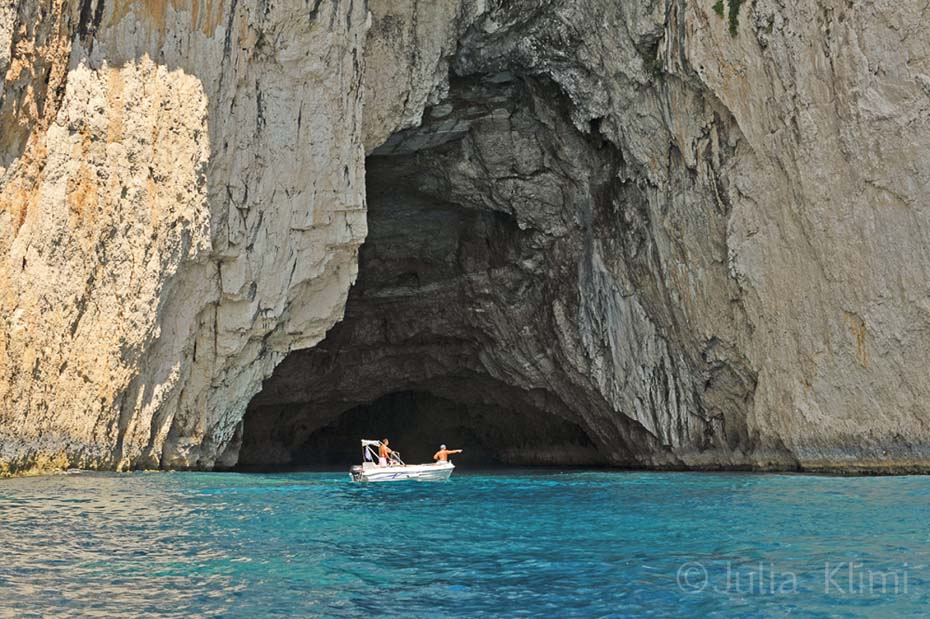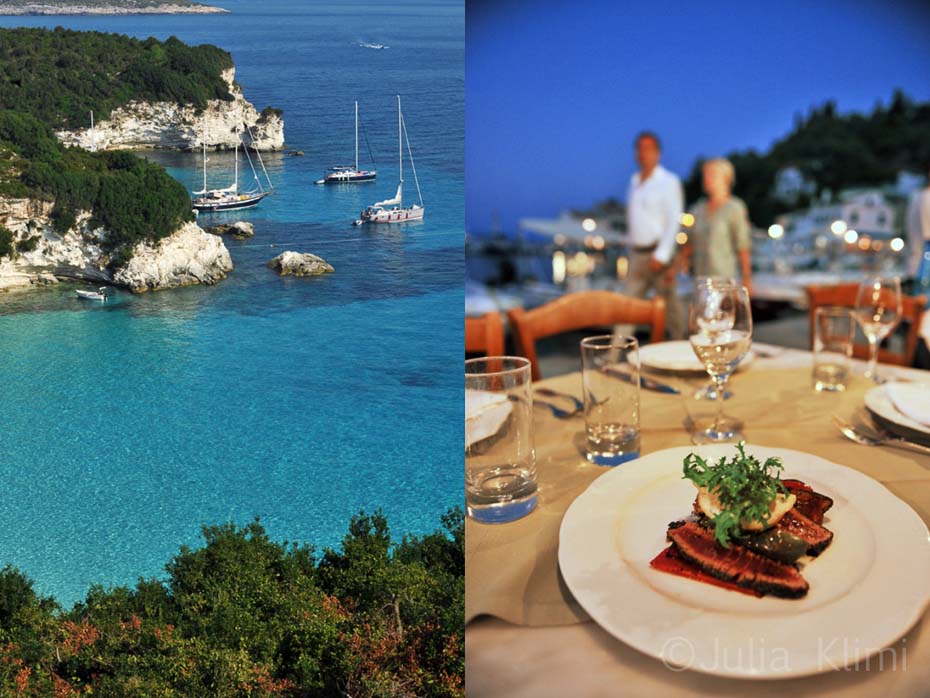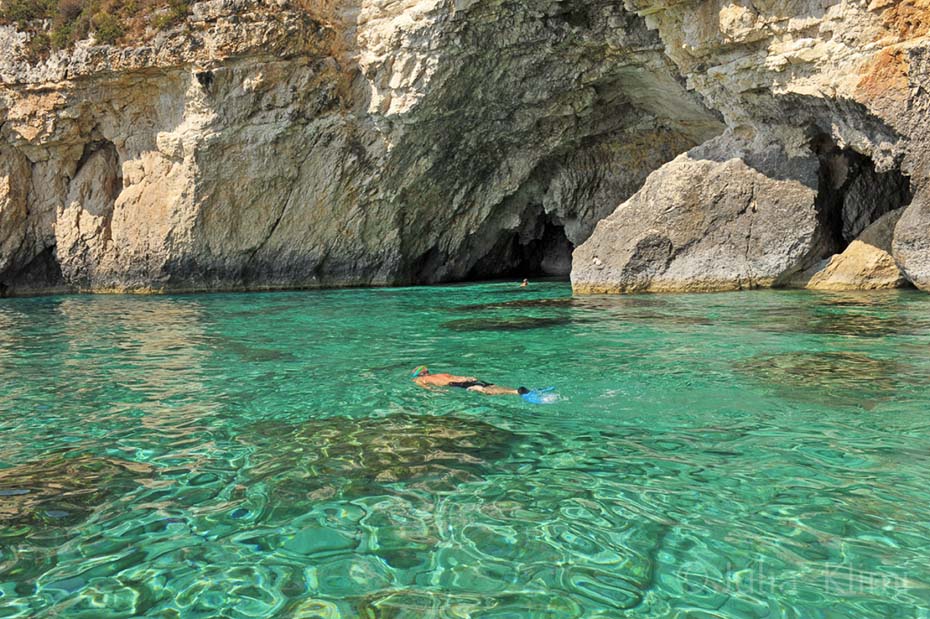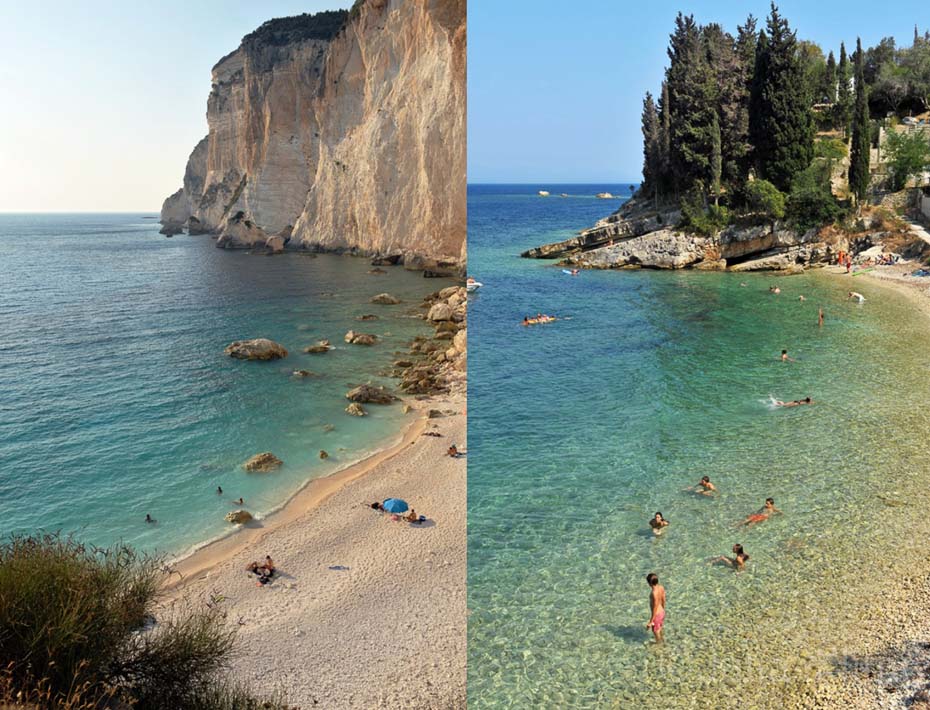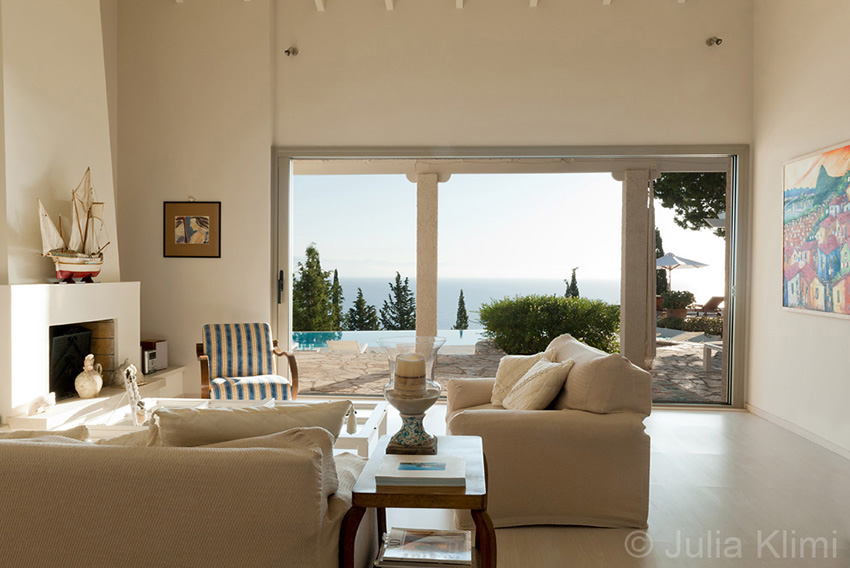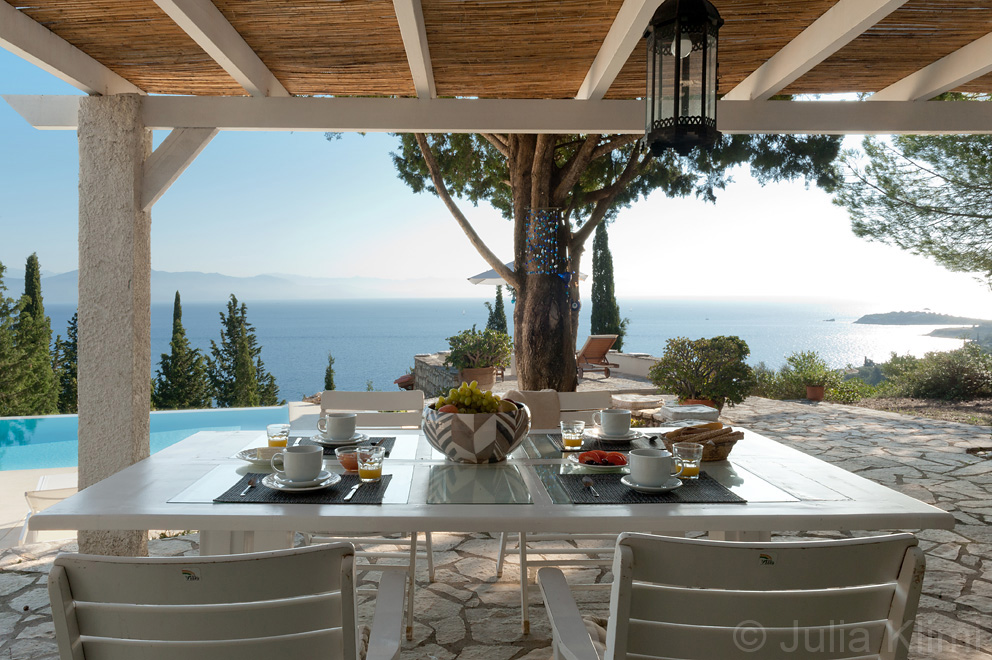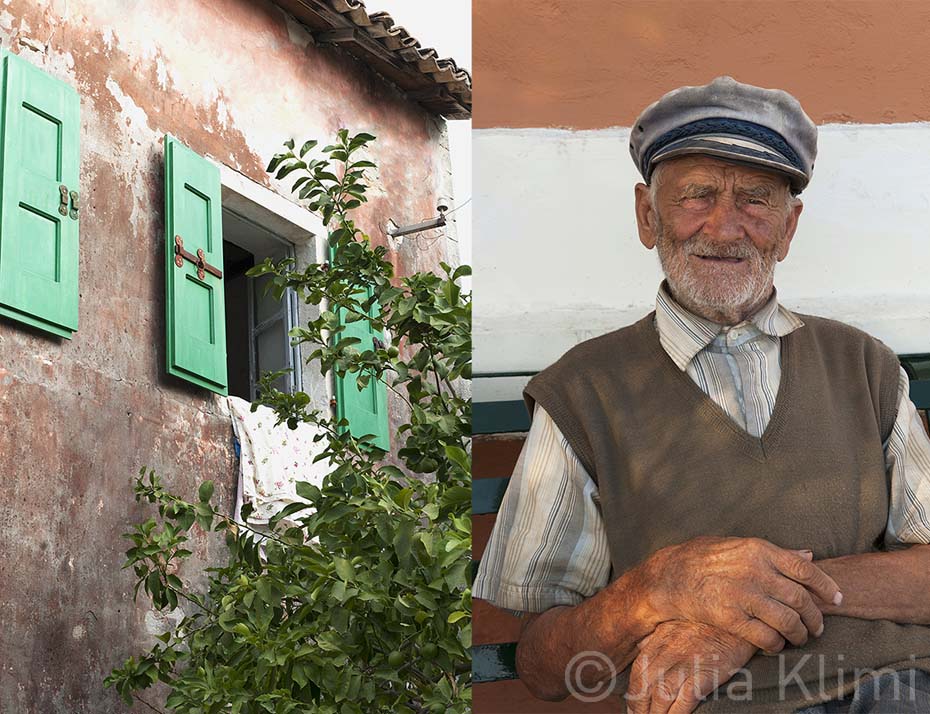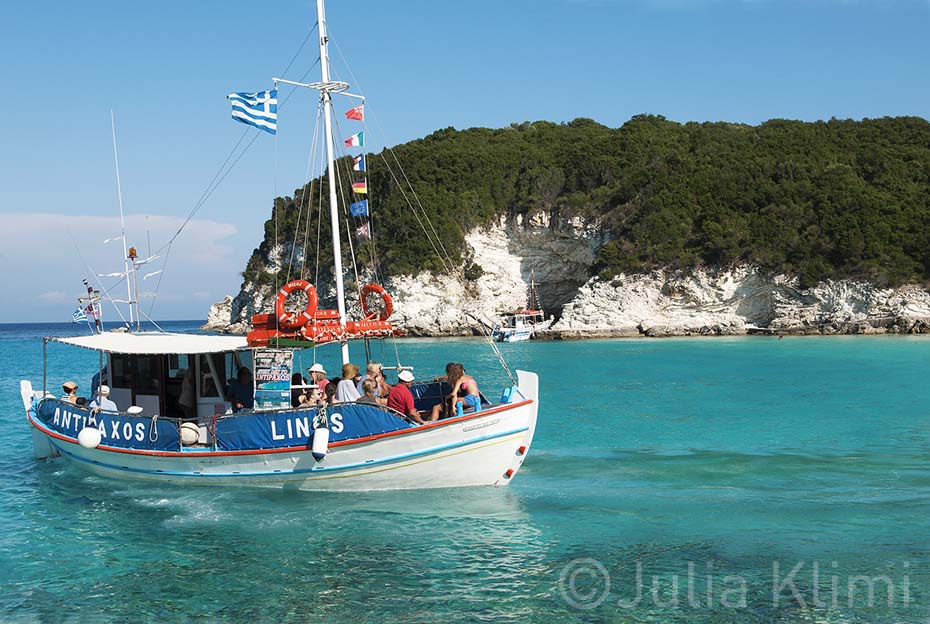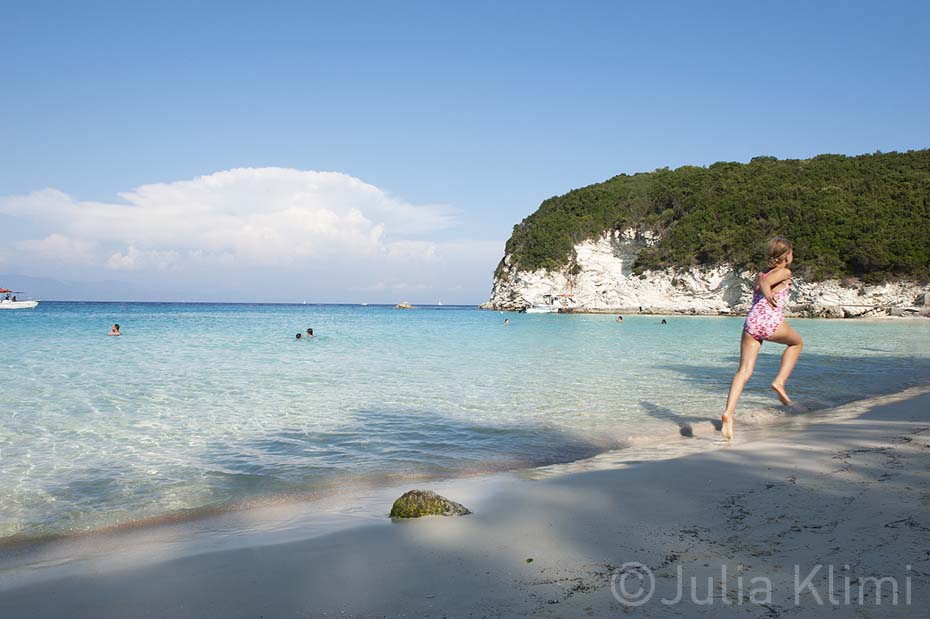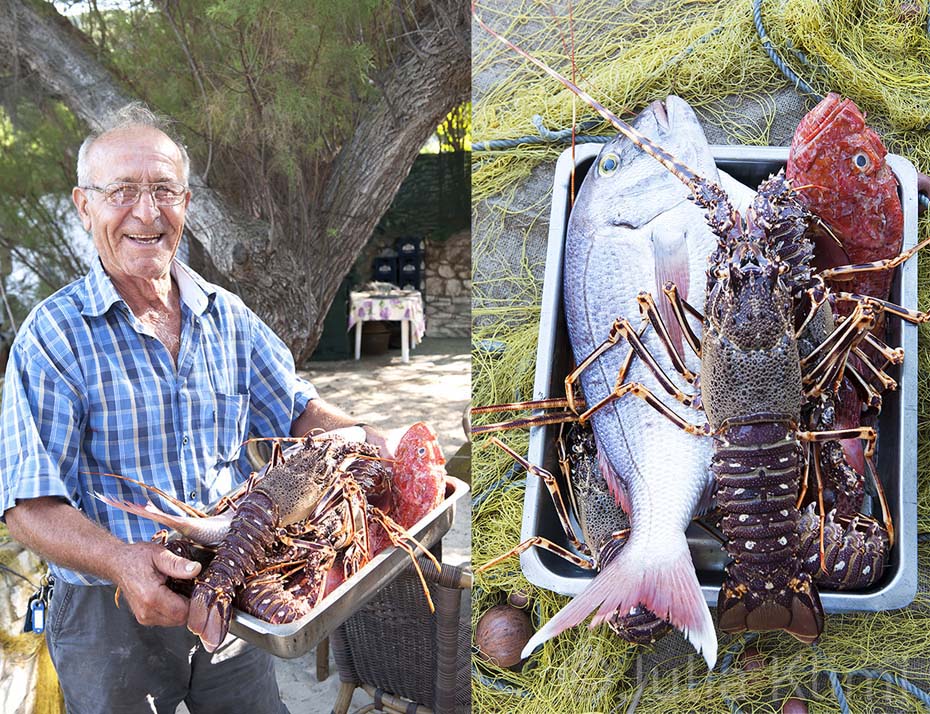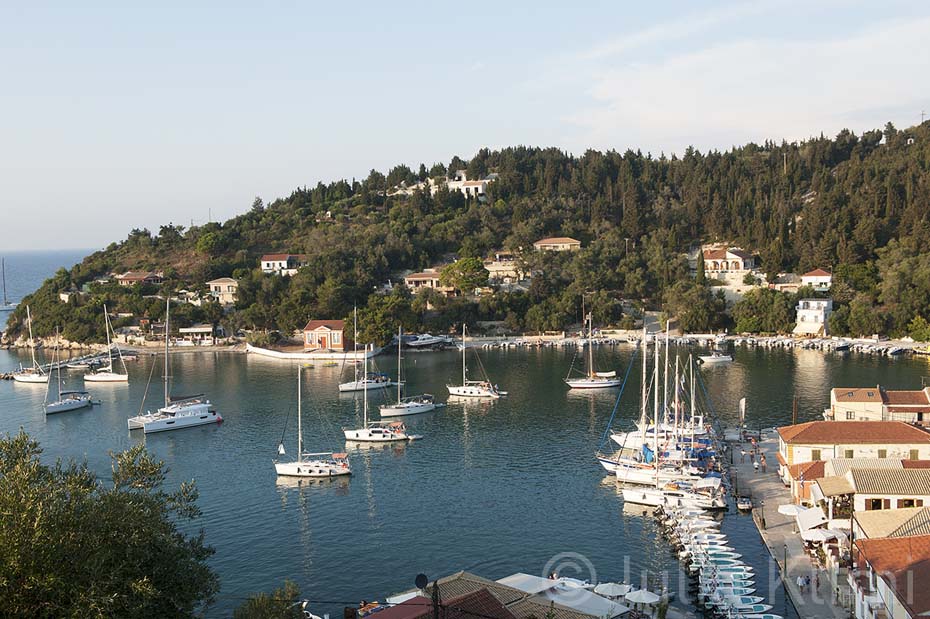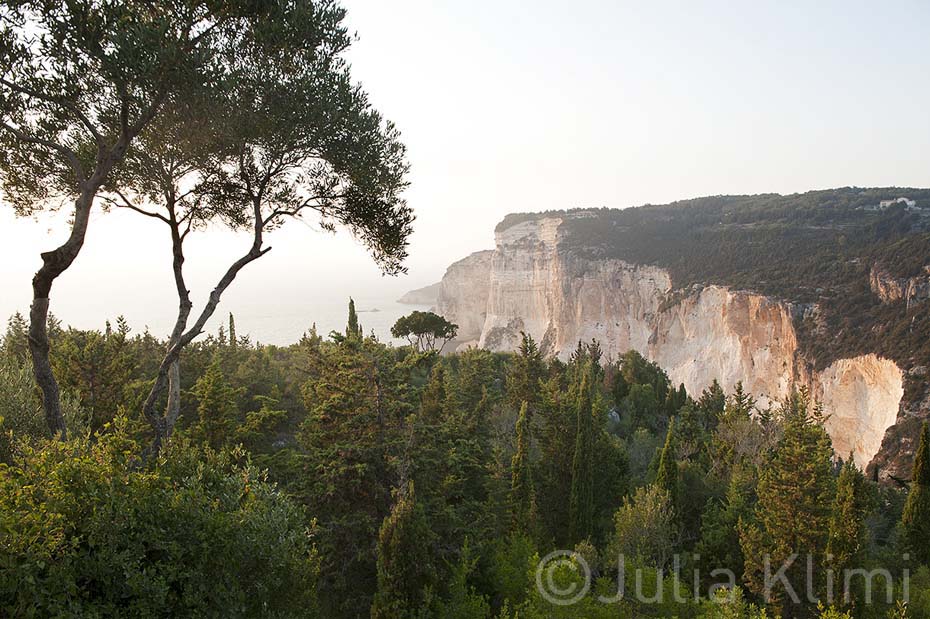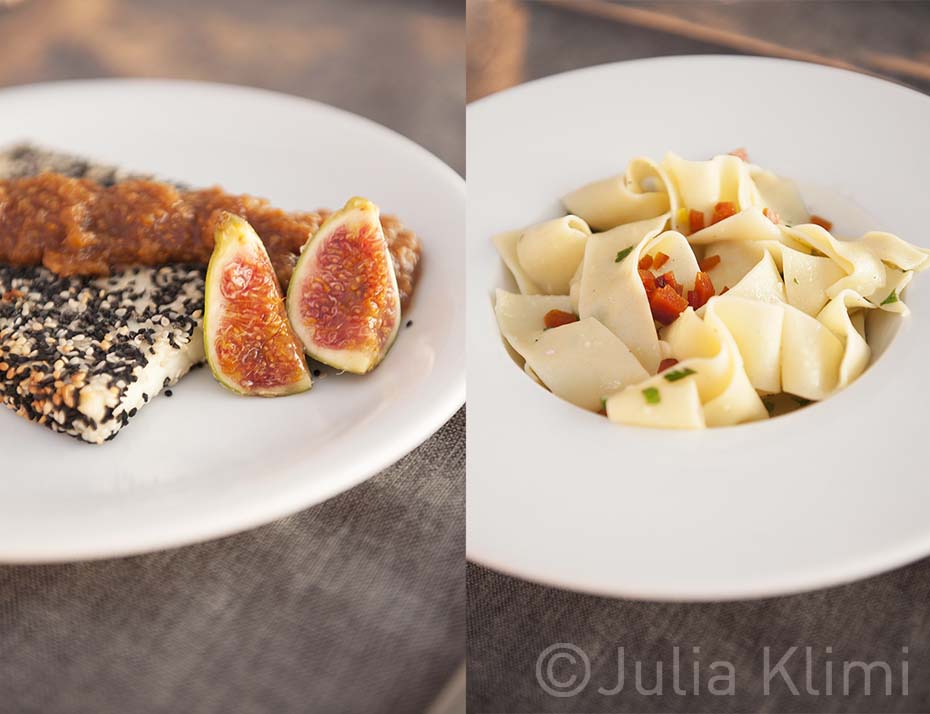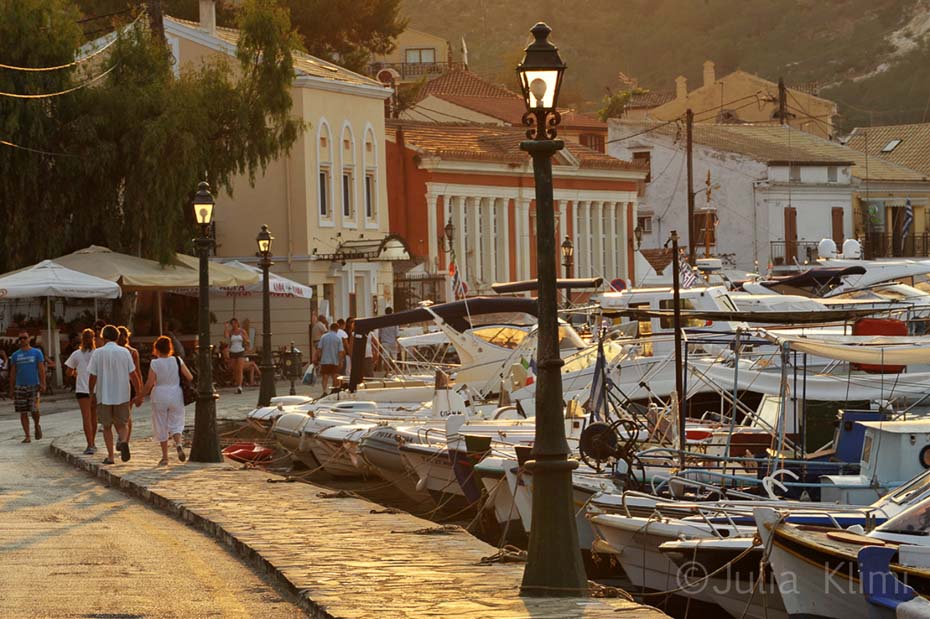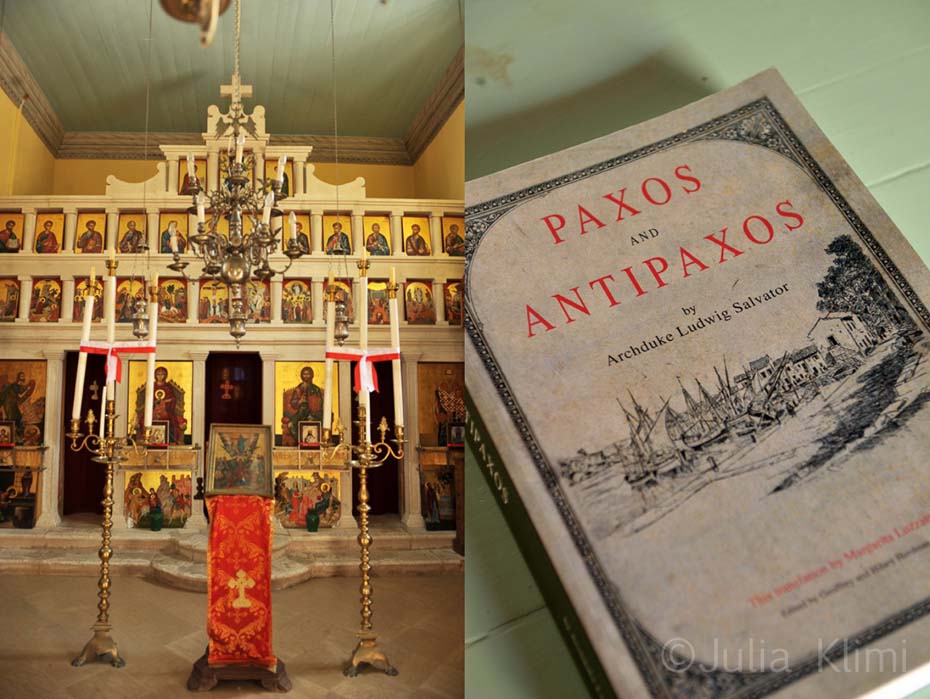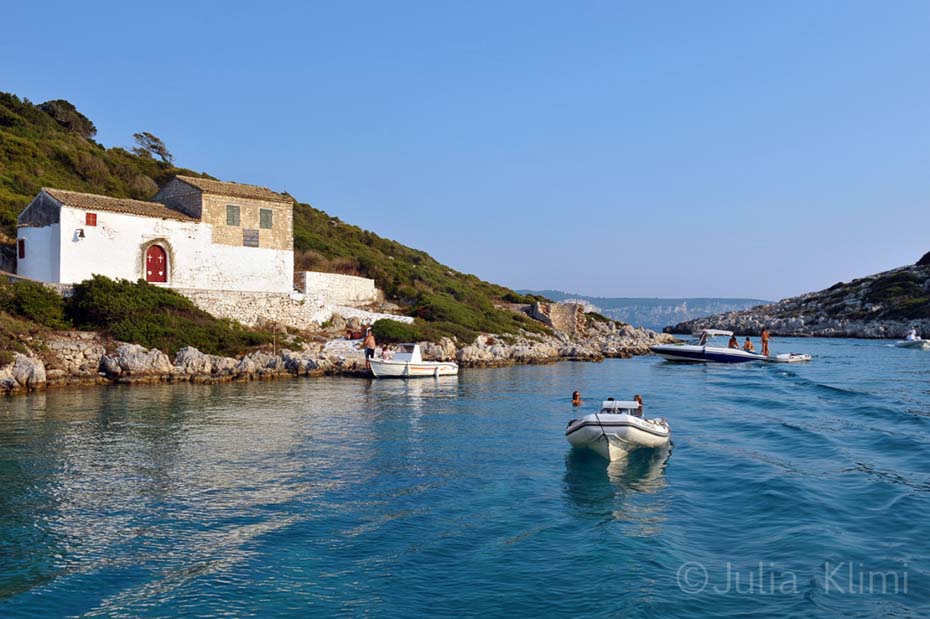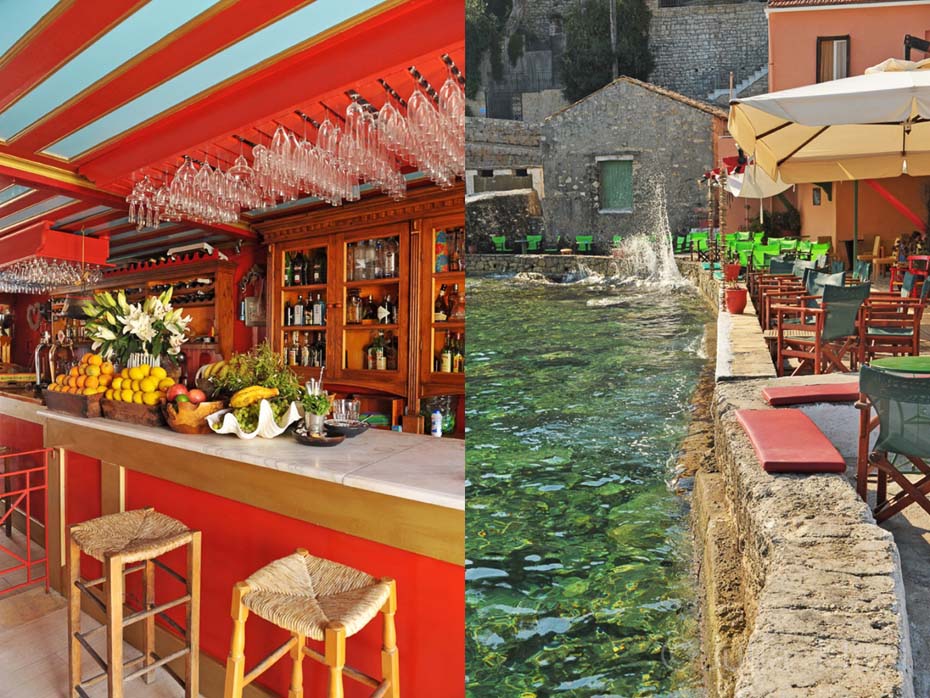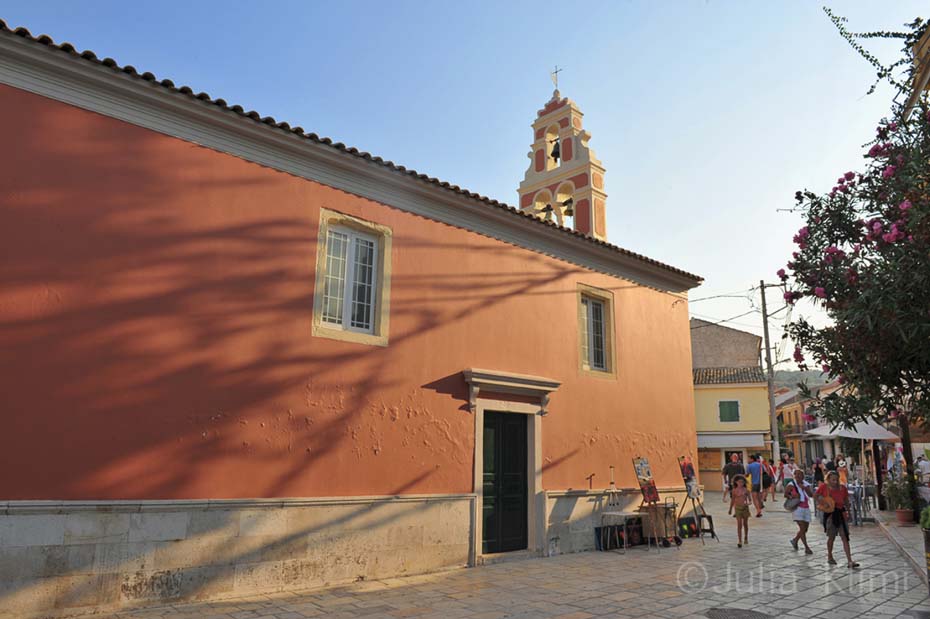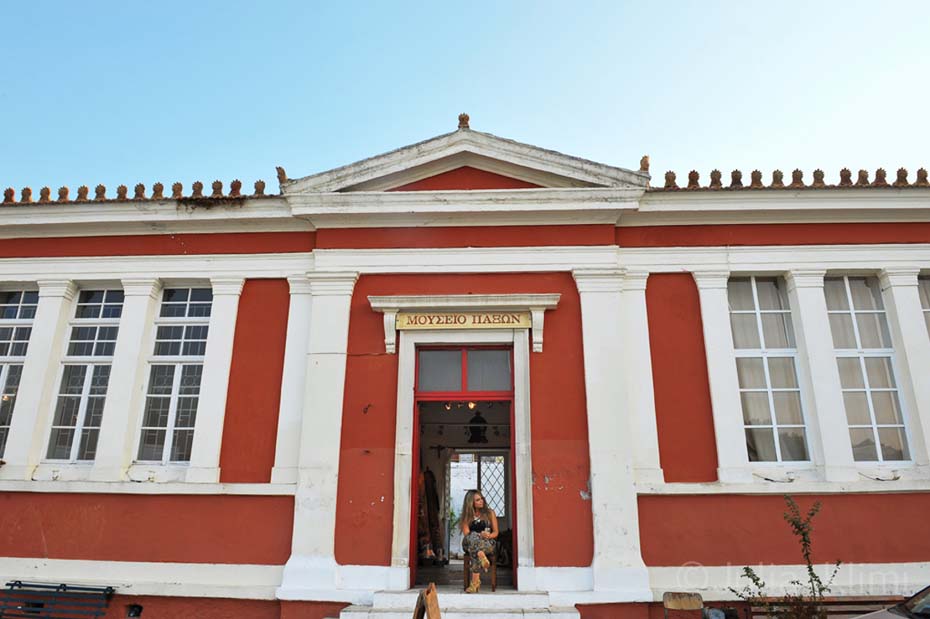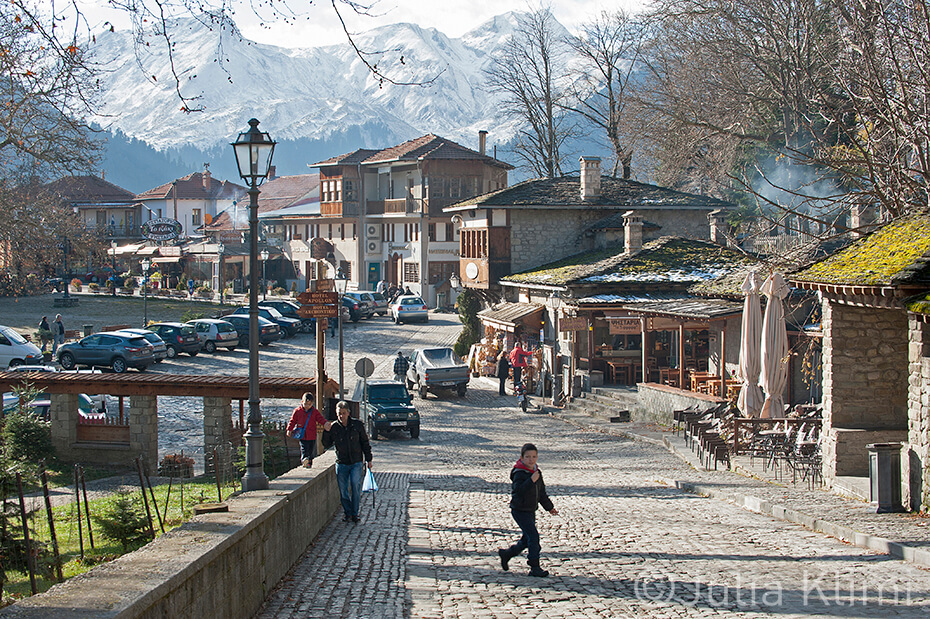PAXI in love
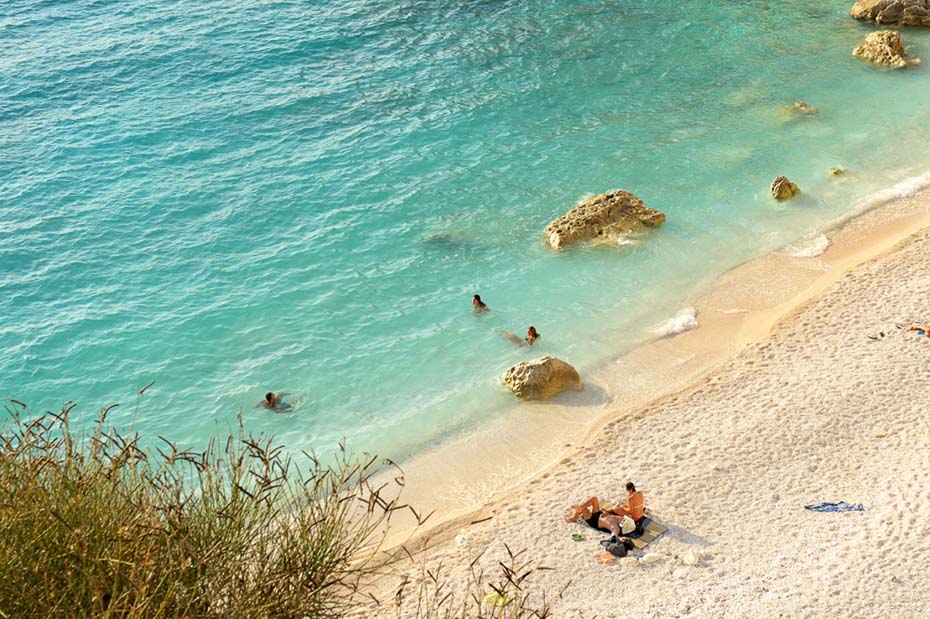
Described as a lovers nest in ancient Greek mythology, the Paxi islands offer emerald waters, sandy or pebble beaches, rock-like sculptures and an endless olive grove in the hinterland. It is the smallest and most beautiful island group in the Ionian Sea. As the boat from Corfu enters the verdant bay of the main island, with the islets all around, my traveling companions–all foreigners–capture the beauty of Gaios with their cameras. The harbor is truly charming, with its many-colored houses and sailing boats lined up on the docks.
Paxos, is infused with a cosmopolitan atmosphere, thanks to the English and Italians, who have bought old houses, Venetian mansions and olive-presses, and transformed them into beautiful villas. Cobbled streets, Spanish steps, ancient cisterns and water tanks, the orange church of Ipapanti with its double-dome and the tall bell tower standing beside it, picturesque villages that reflect the unique Ionian style, 150,000 olive trees protected by the Natura network, an international classical music festival, dozens of underwater caves and beautiful beaches with turquoise waters.
The island’s three lovely villages include Gaios, capital and main port, Loggos, a lovely fishing village with beautiful houses with colored facades surrounded by cypress and olive trees, and in the north, Lakka, its dreamlike harbor filled with caiques–ideal for those seeking quiet vacations. The inhabitants of the group of islands are kind-hearted, calm and welcoming, albeit a bit eccentric.
With a rented boat, or the small caiques available daily for tours around the island, one can enjoy swimming near small, remote beaches and spectacular caves, including Ahai, Megalo Antro, Erimites and Kastanidas, where the Greek submarines took refuge during WWII. The rocky western coast, its steep cliffs forming underwater caves with crystal-clear waters, give the island its unique character. The eastern coast is, alternatively, gentler, and full of romantic coves with small white pebbles and pristine water in all shades of blue.
It takes thirteen minutes by speedboat to get from Gaios to Antipaxos, a tiny island of 3m2, with the most transparent waters one can imagine, vast vineyards that produce a heavy red wine, and two magnificent beaches–the pebbled Voutoumi and the sandy Vrika. Antipaxos is a fantasy–a true paradise on earth, except during July and August, when the beautiful bays turn into a parking lot for boats, and the beaches resemble colorful striped pieces of cloth made of towels. The best months to visit Antipaxos are May, June and September, when the island is heavenly.
For those who who brave the stairs leading uphill from Voutoumi beach to the tavern, the incredible view from above will serve as ample reward, along with an exquisite Greek salad with fresh red mullet and a glass of white wine. An early evening visit to one of the harbor bars at Loggos or Lakka is ideal for enjoying the sunset with a refreshing aperitif and relaxing music, while gazing out at the sailing boats as they come and go.
Julia Klimi
Translation Vicky Anastasiadou

